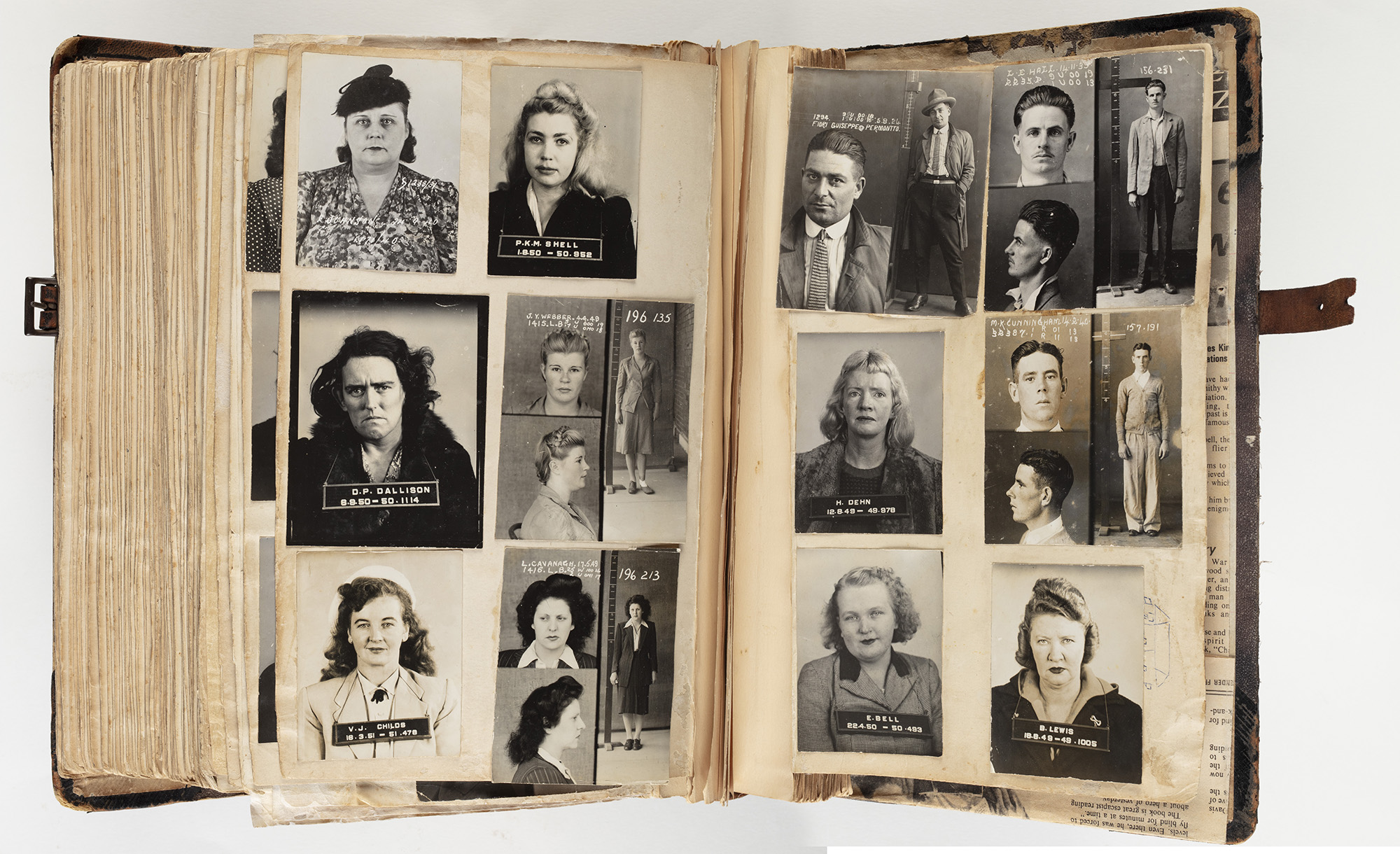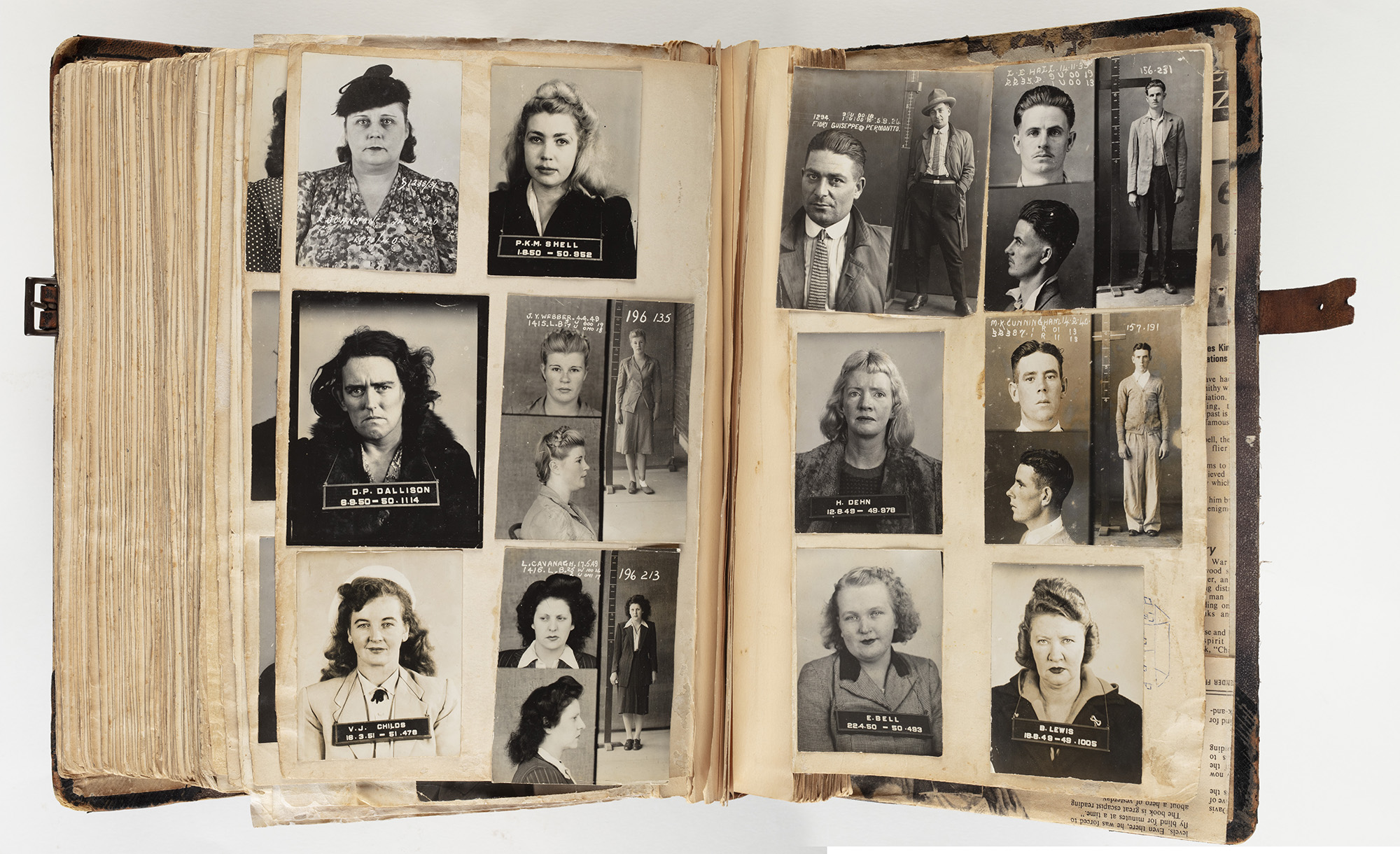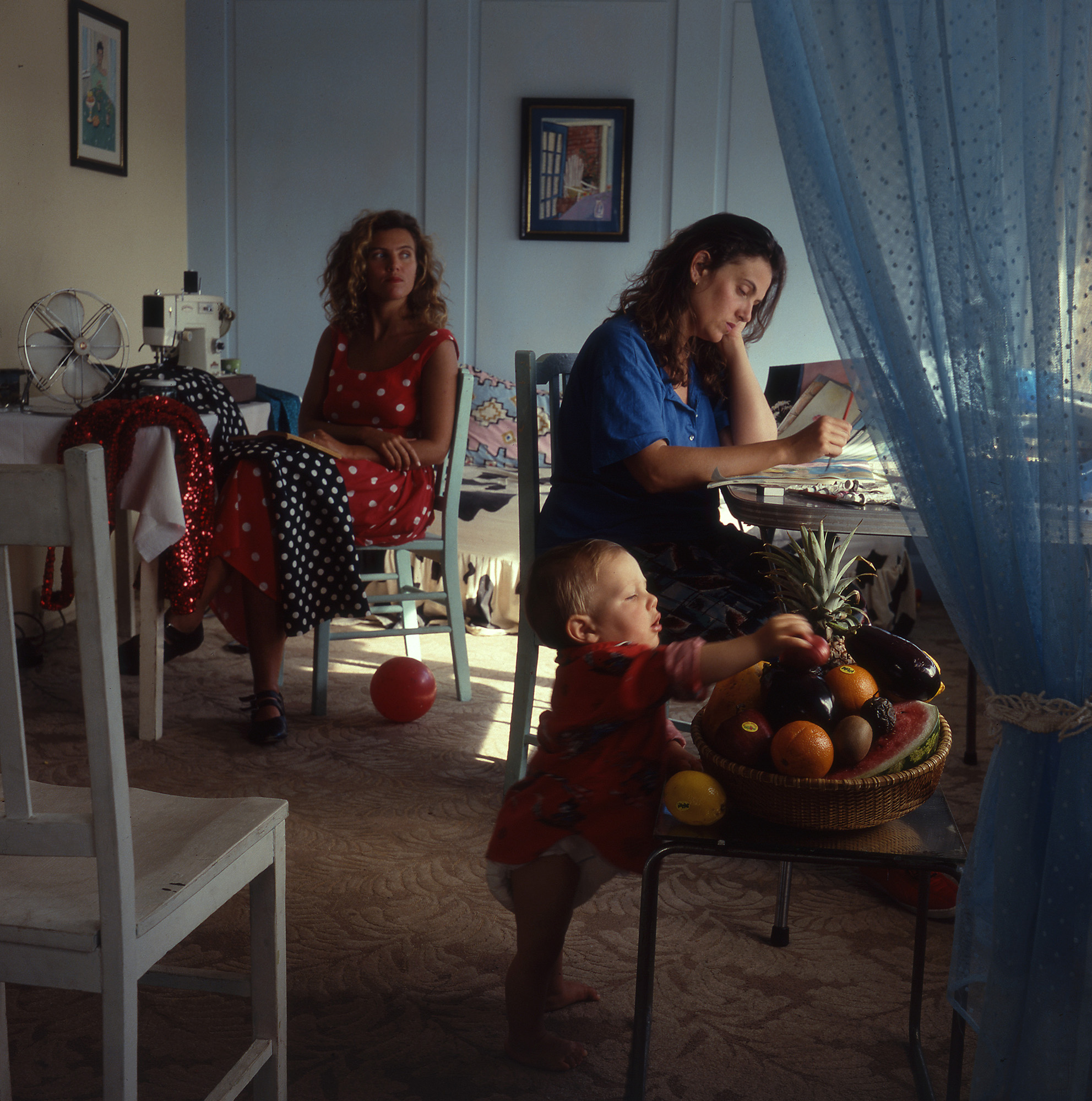Shot
Shot
400 photographs | 200 photographers | 3 centuries
Shot
Visit our new underground photography gallery and follow the fascinating journey of the photographic image in Australia.
Shot delves into the Library’s extraordinary collection of two million images and delivers a visual feast of 400 captivating moments — many displayed for the first time — with nearly every photographic format and every year between 1845 and 2022 represented.
The exhibition features Australia’s oldest photograph, the earliest examples of colour photography, iconic works by some of our most acclaimed photographers and contemporary images and commentary by over 30 living photographers.
On display for the first time are 25 large glass plate negatives from the Holtermann collection which form an astonishing 9-metre panorama of Sydney in 1875.
Due to the delicate nature of numerous works, this may be the first and only time to see some of these rare images of Australia’s pictorial history on display.
This tiny image of doctor and politician William Bland was taken by George Barron Goodman sometime between December 1844 and January 1845. It is the oldest photo taken in Australia to have survived to the present day. Goodman arrived in Sydney in 1842, after purchasing a licence from English entrepreneur and photographer Richard Beard which gave him sole rights to use the daguerreotype process in the British colonies.
The daguerreotype was the first commercially viable photographic process. Images were created by first sensitizing a silver plate with iodine fumes, and after exposure in a camera the image was developed over heated mercury vapour, at great risk to the health of the photographer. Finally, it was stabilised (or fixed) with salt water or ‘hypo’ (sodium thiosulphate). This photo, although small in size, retains a high level of detail.
In this photo of Tasmanian Aboriginal woman Truganini (also known as Lallah Rookh), pain and hardship emanate from her eyes. Taken by Australian-born photographer Charles Woolley, it is one of the most published nineteenth-century images of an Aboriginal person. Truganini was photographed in 1866 during her forced residency at Oyster Cove station in the island’s south-east. By this time she had experienced the worst of Europeans, who had killed many of her relatives, occupied her lands and physically and mentally abused her. After her death in 1876, her body was exhumed and displayed in the Tasmanian Museum. In 1976 she was returned to the Aboriginal community.
Walter Burke was editor of the Australasian Photo-Review for more than 40 years and the first fellow of the Royal Photographic Society in Australasia. Born in New Zealand in 1866, by the 1890s he was a photographer for the Christchurch Weekly. This photo was probably taken around this time on one of his excursions with his half-plate camera. In 1904 he moved to Sydney to establish an Australasian agency of the American photography firm Underwood and Underwood.
This self-portrait of Frank Hurley under the bow of the Endurance is from a set of only 17 colour photos that survived from Ernest Shackleton’s Antarctic expedition. Taken using the newly invented Paget process they are unique one-off images, and are the only ones from the expedition taken in colour. A further 15 photos were taken in South Georgia by Hurley in 1917. All 32 colour plates are held by the Library.
Aviator Charles Kingsford Smith’s Lockheed Altair plane being unloaded at Woolloomooloo from the tennis deck of the ship Mariposa. The aircraft arrived in Sydney in July 1934 fully assembled for use in the Centenary Air Race, but getting the plane to Mascot airport by road posed a problem. Instead it was towed on a barge to Anderson Park in Neutral Bay, where ‘Smithy’ used the tiny park as a runway. Reporters claimed it was like taking off from a pocket-handkerchief, but the take-off, in front of some 500 people, was a success.
This beautiful photo of No. 1 Kiosk Photo Service on a rainy night was taken by photographer Brian Bird. Advertising a 24-hour turnaround for developing and printing a roll of film, kiosks like these were centrally located for the convenience of city workers. This kiosk was in the Royal Arcade, which ran between George and Pitt streets across from the Queen Victoria Building. At the time it was one of six covered shopping arcades in the centre of Sydney, but only the Strand Arcade has survived.
Frank Fahy (nicknamed ‘the Shadow’) was Sydney’s first official undercover police officer.
By the end of the 1960s protests against the war in Vietnam had brought together trade unionists, students, anti-conscription activists and anarchists, all of whom joined protest marches through Australia’s cities. This image provides us with a great snapshot of student protesters. Their banners are clearly levelled against the sustained aerial bombing campaign that the United States referred to as Operation Rolling Thunder.
The Sisters (Emily and Anne Gibson, with her son, Julius), 1988, from the series Resemblance II, draws on portrait and still-life conventions of Dutch seventeenth century painting,’ writes photographer Anne Zahalka. ‘This contemporary genre scene, staged within an Australian context, suggests how culturally ingrained European traditions are in our visual memory. The portrait was taken in the Sydney home of my friend’s creative workspace. The drape, a traditional aesthetic device borrowed from Dutch painting, invites the viewer into the space. The tropical fruit still-life hints at their southern location. While the little boy looks attentively on, the (twin) sisters appear lost in their own internal dialogues.
Once I was the face of Sydney. Promising everything. But at the same time threatening all who would dare enter my mouth. There was a time when I could eat you. Now only a flimsy canvas announces my tears. I can only dream of former glories to come. photo by Douglas Holleley hand-coloured gelatin silver print.
‘The third annual Dove Pink Star Walk took place on the evening of Saturday 25 October 2008, in Sydney, Australia,’ writes photographer Robert Wallace. ‘The event was held in aid of the National Breast Cancer Foundation and consisted of a five-kilometre fun walk to raise funds for research into breast cancer prevention and cure. The event attracted 10,000 participants who walked from Government House in the Royal Botanic Garden, past the Opera House and Circular Quay, to the finish line in Darling Harbour. All walkers were encouraged to wear pink-coloured clothes, such as a T-shirt and hat, or even a decorated pink bra. The special guest entertainer on the evening, Brian McFadden, performed two songs from his album Set in Stone at the start of the walk on a stage bathed in vibrant pink lighting.’
‘I’ve been to this temple a few times for Chinese New Year — it’s always fun to kick off the year with a celebratory vibe,’ writes photographer Joy Lai. ‘I took this shot one evening at the start of 2020, Year of the Rat, just as we were hearing murmurings about Wuhan and the bat incident at the wet markets that would change our world. On this day, the temple was packed. When I went back a year later it was much quieter, with signs about social distancing everywhere. I don’t know who the man in the shot is, but he knew I was there. He directed prayers to the north, south and to the centre of the altar. Health, happiness, and prosperity for the coming year.’
Shot online
Year of Photography
Discover why the State Library is the home of photography in Sydney.
We’re celebrating photography in Australia and around the world with a year of extraordinary exhibitions, fascinating photographer talks and slide nights and behind-the-scenes tours.
This exhibition is presented with support from the State Library of NSW Foundation.







